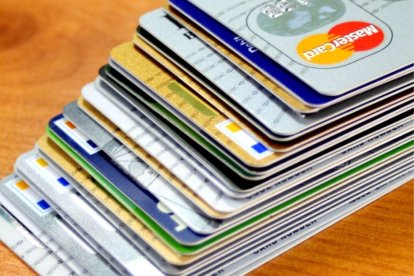Consumer debt soars by almost 7%
Consumer growth rose mainly in credit cards, student loans and auto loans.

Nick Youngson / CC BY-SA 3.0 Alpha Stock Images
Consumer credit soared in the last year by almost 7% (specifically 6.9%) above that recorded in 2021. This means that unlike last year, when the pandemic prompted citizens to save, consumers are accumulating debt again and total consumer credit increased by 8.1% (the fastest rise since November 2011).
The Federal Reserve reported last Wednesday that consumer credit increased by $27 billion in October to $4,729.3 billion. This is one billion more debt than in September and implies an annual growth rate of 6.9%, 0.6% higher than in September 2022. Moreover, according to the data revealed in this report, the annual growth rate exceeds most monthly salaries.
Where has this increase in debt been seen?
According to the Federal Reserve, consumer credit rose mainly on credit cards (a year-on-year increase of 15%, the fastest growth in 20 years), student loans (which, according to the Federal Reserve Bank of New York, decreased slightly and stood at 1.57 billion) and new car loans (data collected in August 2022 put the percentage at 5.50% for those who decided to apply the debt in 60 months and 5.61% for those who decided to pay it off in 72 months).
Despite this rise in indebtedness, the New York Federal Reserve says it is not worried. Donghoon Lee, the institution's economic research advisor, reassured the public with the following statement:
RECOMMENDATION





















